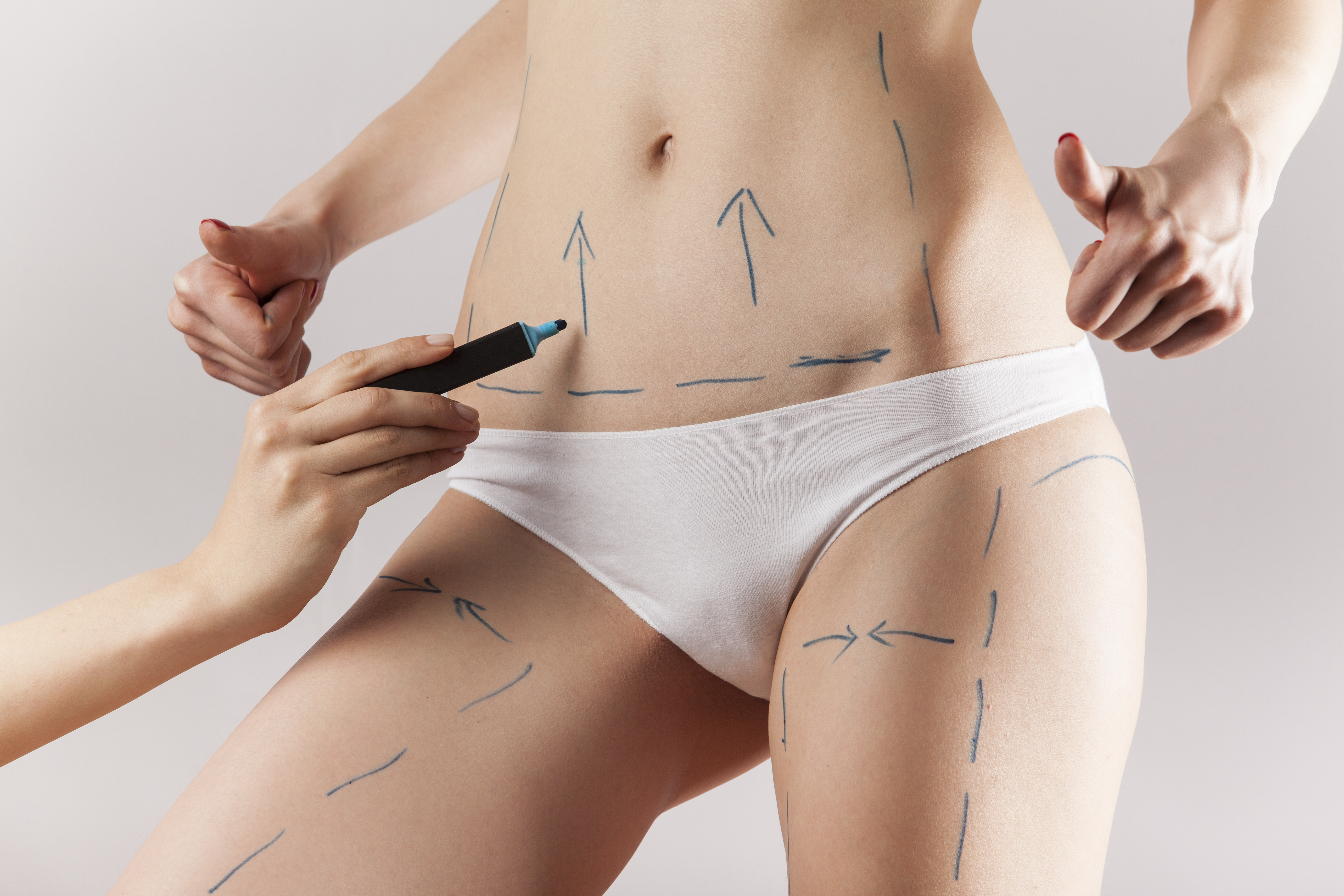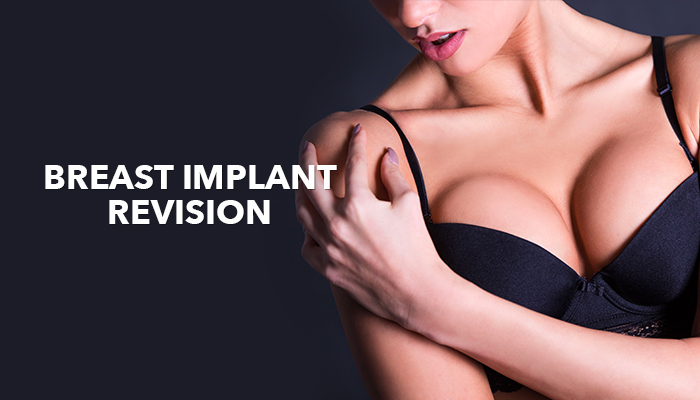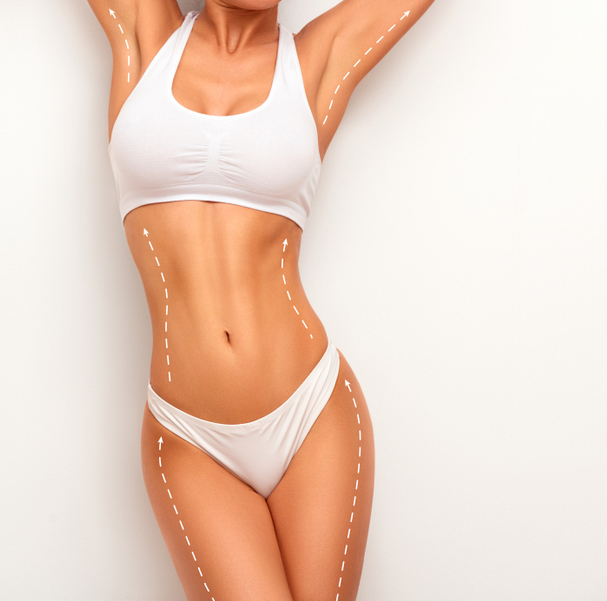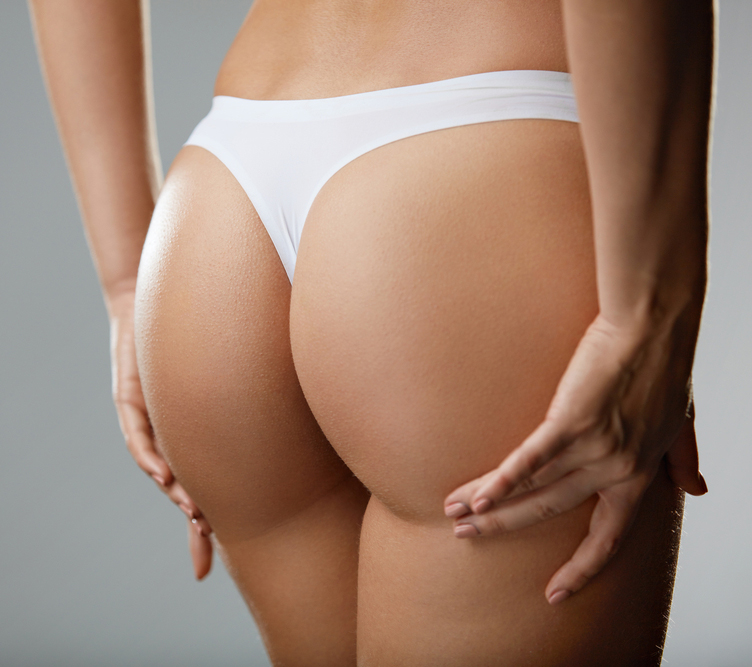
It is very common for people who have lost large amounts of weight through either conventional methods or surgery—and have lost the skin elasticity—to remain with an excess of fat and skin in different areas of the body. Ordinary factors such as the aging process, sun exposure, getting pregnant, and heredity can affect skin elasticity, causing sagging skin.
This can cause aesthetic, medical, and psychological problems because the patient has difficulty finding clothes that fit well and is prone to develop skin infections and painful rub in the skin folds—and all of these things can affect his/her self-esteem.
A body lift is an excellent plastic surgery that helps to improve the quality of the skin and underlying tissues (which support external tissues), so it is ideal for people with an excess of fat and skin. This procedure can also remove cellulite, creating a smoother and more regular skin surface.
According to the patient’s needs, this procedure may be performed in the upper, mid, or lower region of the body. Using this technique, the arms, breasts, abdomen (including the sides and lower back), buttocks, groin, and thighs (any part, or even the thigh circumference) can be improved.
A body lift surgery can be adapted to the patient’s needs and desires, but it is important to know that a body lift does not have as its main objective removal of fatty tissue. Liposuction alone is used when the patient has good skin elasticity so that it can fit without problem to the new body contour. This is why, in patients with poor skin elasticity, both the liposuction and the body lift procedures should be combined to achieve better results.
Who is an ideal candidate for a body lift surgery?
A body lift is considered major surgery, so the person that desires to undergo this procedure should meet certain criteria or conditions, including the following:
– The patient should be near his/her ideal weight—in some cases, this means losing between 30 and 50 percent of the excessive weight.
– Patients have sagging or drooping skin and stubborn fat deposits in multiple areas of the body.
– The patient should maintain his/her weight, and he/she should be willing to embark on a healthy lifestyle, with a balanced diet and exercise (if the patient has wide variations in weight, it may affect the results of the surgery). In most cases, the plastic surgeon suggests waiting 2 years after the patient is near his/her ideal weight to perform the procedure. This recommendation serves 2 purposes: giving time for the skin to reshape itself, and being sure that the patient will not have substantial weight variations.
-Patients should be physically healthy, including good mental and psychological health, and be a candidate for general anesthesia.
– If the patient is a woman, she should have her maternal wishes fulfilled, because future pregnancies can alter the results of the procedure.
– The patient should have a positive attitude and be realistic about the results of the surgery.
What are the advantages of a body lift surgery?
– Clothes will fit better and the body will appear slimmer, so the patient may note results of weight loss.
– Loose skin that causes chafing, rashes, and infection will be removed.
– Surgery will smooth bulges and rolls that make the patient self-conscious, thereby improving the patient’s self-esteem.
What are the disadvantages of a body lift surgery?
– There are fairly large scars (that the surgeon will try to hide or minimize).
– This is major surgery, so the recovery after the procedure is long.
– Sometimes the patient needs to stay at the center where the procedure was performed for 1 or 3 days, but if he/she doesn’t want to do that, he/she can hire a nurse to take care of him/her at home.
How much does a body lift surgery cost?
A body lift is a surgery that should be adapted to each patient, so the final cost of the procedure will depend on the type of body lift the patient needs. For example, if the patient desires to eliminate excess tissue from specific areas of his/her body, he/she may undergo a lower, upper, or mid-body lift. On the other hand, the patient may desire to remove excessive tissue from multiple areas of the body, and this option is more complex.
The average cost of lower body lift surgery, according to 2014 statistics from the American Society of Plastic Surgeons, is $7,843. A lower, upper, or mid-body lift procedure generally ranges from $6,000 to $8,000; usually, the full-body lift will cost between $10,000 and $17,000, but more extensive procedures may cost up to $50,000.
Generally speaking, insurance companies will not pay for a body lift. Insurance companies will only pay for procedures they have deemed “medically necessary”—so they only will cover this procedure if they feel that the skin excess is interfering with the patient’s normal life.
What is the preoperative care for a body lift?
During the consultation with the plastic surgeon, the patient should discuss why he/she wants to have the procedure, his/her expectations, the best technique according to his/her body contour and particular needs, his/her medical record (to determine diseases or conditions that can present risks of complication), medications (including supplements), and other habits like the use of cigarettes, alcohol, or illegal drugs. The surgeon will evaluate the general health of the patient, examine the patient’s body, and take pictures for the medical record.
It is important that the patient begins preoperative care at least 2 weeks prior to the procedure; this includes no smoking, no drinking alcohol, and no taking medication that could cause bleeding. Staying hydrated is an excellent way to help with the healing process. The patient should also find someone to drive him/her home from the hospital.
The patient should clean his/her skin regularly to prevent infection. Skin excess can harbor harmful bacteria, so the patient must make sure to wash it regularly to keep it sterile and healthy.
What is the general procedure of a body lift?
This procedure will be performed under general anesthesia. The type of body lift surgery should be selected according to the patient’s desires and the area that will be treated. It may be performed only in a specific part of the body, or in large areas in the same procedure. In the latter case, the plastic surgeon can create a completely new body contour.
– Lower body lift (belt lipectomy): This type of body lift is frequently used because it has the advantage of treating the low part of the body during the same procedure. With this procedure, the plastic surgeon can improve the contours of the patient’s body and improve the appearance of the buttocks at the same time. This method is less invasive than undergoing a full-body lift, but it can only help patients who desire to change solely the lower part of their body.
In this case, the plastic surgeon will begin by making an incision across the lower part of the abdomen, also called the “belt-line.” After that, the incision is extended from the thighs; later, the plastic surgeon proceeds to remove excessive tissue in order to raise and reshape the butt and thighs. Before cutting the excessive tissue, the skin should be tightened to ensure an excellent outline. Likewise, this procedure can be combined with an abdominoplasty.
– Mid-body lift (torsoplasty): This type of body lift is also very common because the plastic surgeon can change the contouring of the entire abdominal area and thighs during the same surgery, creating a regular contour.
In this procedure, the plastic surgeon uses similar incisions to the ones required by the lower body lift; one is made around the abdomen to correct the abdominal muscles, putting them very close and making stitches between them and the deep tissues, forming a flatter abdomen (this procedure can repair injuries in the muscles, too). When the plastic surgeon finishes the muscle repair, he/she proceeds to remove the excess of fatty tissue and skin.
The recovery time after this procedure is longer because the plastic surgeon has to manipulate deep structures like the muscles and underlying tissues.
– Upper body lift: This technique includes upper arm lift, breast lift, and back lift.
Upper arm lift: Individuals who are considering an upper arm lift (Brachioplasty) may have the fat removed from their arms by liposuction, but if the patient wants to have loose skin reduced on the arms, the doctor will make an incision underneath the armpit or along the back of the arm. For patients with massive weight loss, it is likely that this incision will run from the elbow to the armpit and perhaps extend along part of the upper chest wall and toward the back; after that, the excess skin is removed.
Breast lift: The plastic surgeon will likely make three incisions: one around the areola, the other extending from the bottom edge of the areola down to the breast crease, and the final underneath the breast (following its natural crease and curve). The surgeon will then remove any skin excess and relocate the nipple and areola to a higher position on the breast. This is the most common way to perform a breast lift, but there are other incisions available, depending on the shape and contours of the chest.
Back lift: Patients who want fat rolls removed from around their middle or lower back will have incisions on both sides of their mid back (or near the bra line for women) to remove the excess skin.
– Total or full-body lift: For patients with significant amounts of skin excess throughout the midsection, lower body, and extremities, this technique is the best option because it includes an upper body lift as well as a lower body lift. In some cases, the plastic surgeon performs this surgery in steps, because performing the surgery all at once may take between 4 and 7 hours.
In all cases, the surgeon will work to place the incisions so that the scars can be hidden by underwear or clothing. Finally, all incisions will be closed in multiple layers over drains (to control stretching and swelling). The plastic surgeon can make stitches that bring support to the deeper structures. After that, the plastic surgeon uses external sutures and adhesives to close the incisions, and after that, they will be covered with bandages and compression garments.
Although the patient may note the results of the procedure immediately, the final results are not evident until the healing process is complete.
What is the postoperative care of a body lift?
Depending on the intensity of the surgery and the number of procedures the patient undergoes, he/she may be asked to stay in the hospital for up to two days as he/she recovers, although many patients will be able to return home after a few hours.
It may take between two weeks and two months for the patient to return to work after a body lift surgery. This is a major surgical procedure and requires significant recovery time. Strenuous activity (such as lifting five pounds or more) must be avoided for several months; walking is encouraged after surgery, but no further exercise until sufficient healing has occurred.
It is very important to follow the surgeon’s post-operative care instructions so that the skin and underlying tissue can heal properly, yielding beautiful and healthy results.
During the recovery time of a body lift, the patient should use dressings or bandages over all treated areas; likewise, the plastic surgeon may place some drains under the skin, which help to eliminate any abnormal accumulation of blood or other fluids. A medical compression garment can also be used during recovery, and the patient only should remove it to bathe. Some plastic surgeons allow the patient to cease using these bandages 2 days after the procedure. For pain management, the patient may use intravenous painkillers during the first days in order to relieve the discomfort and pain, although some patients only use oral medication to control the pain.
If incisions have been done in the back, the patient may need to refrain from lying on his/her back until recovery is complete. If the patient undergoes Brachioplasty surgery, he/she will likely be advised to keep his/her arms elevated (above the heart) for a few days after the procedure.
Dr. Amjadi MD, DDS, FACS
Certified by the American Board of Plastic Surgeons
915 Gessner Rd #870
Houston, TX 77024
713-465-6198













